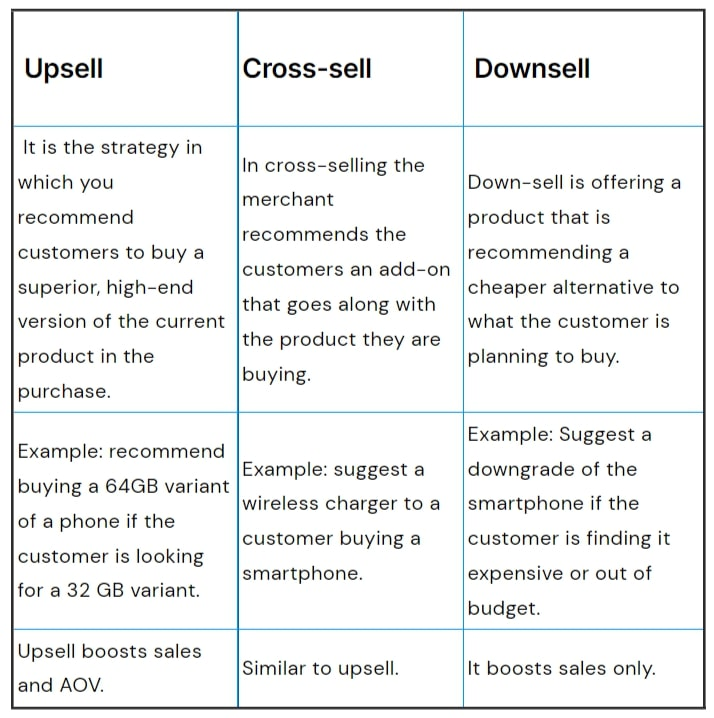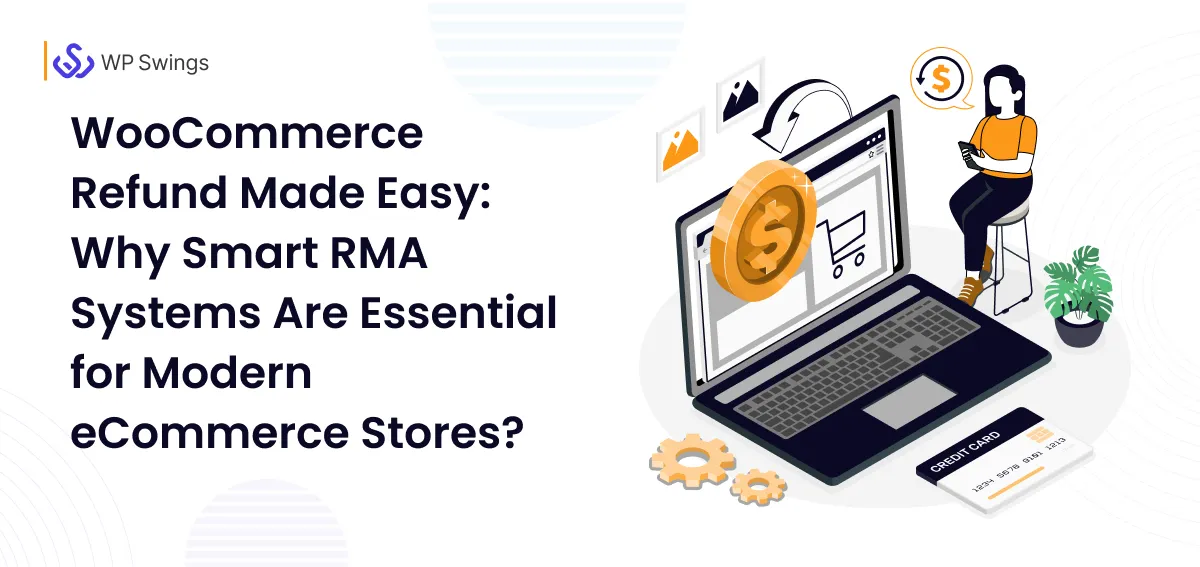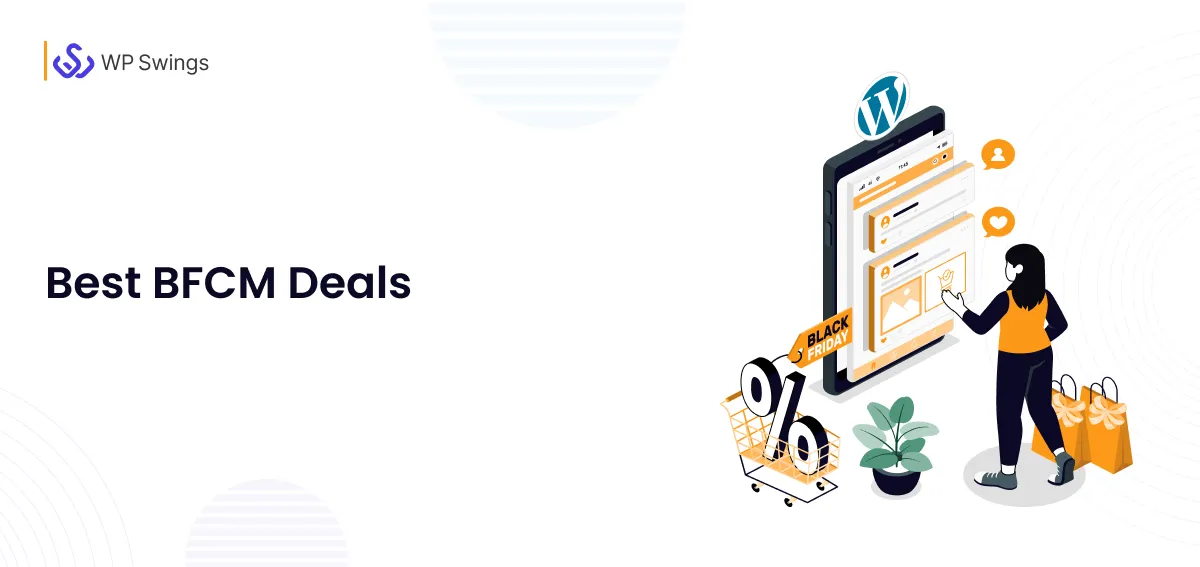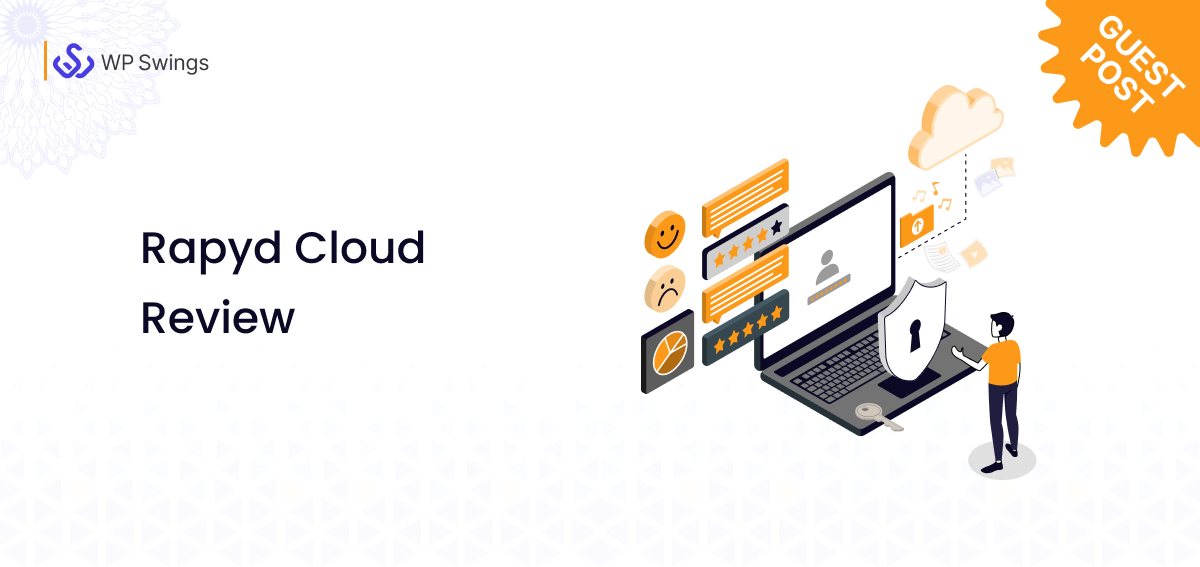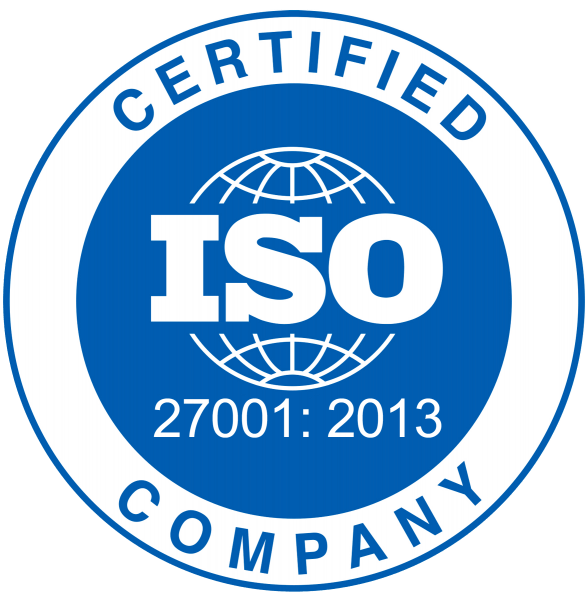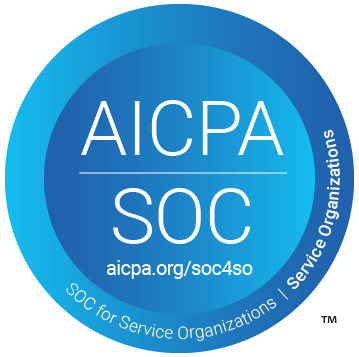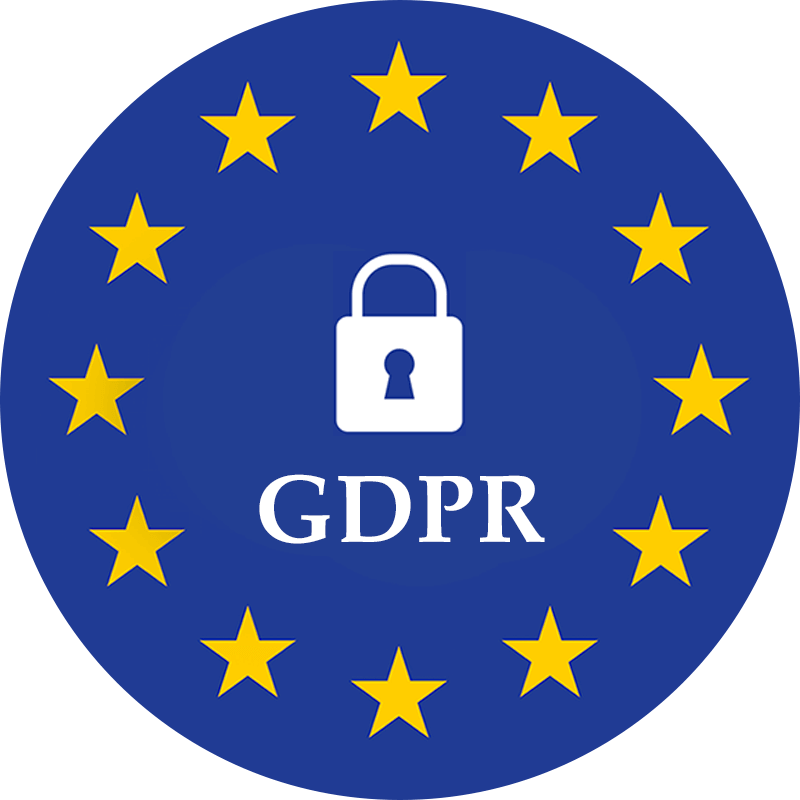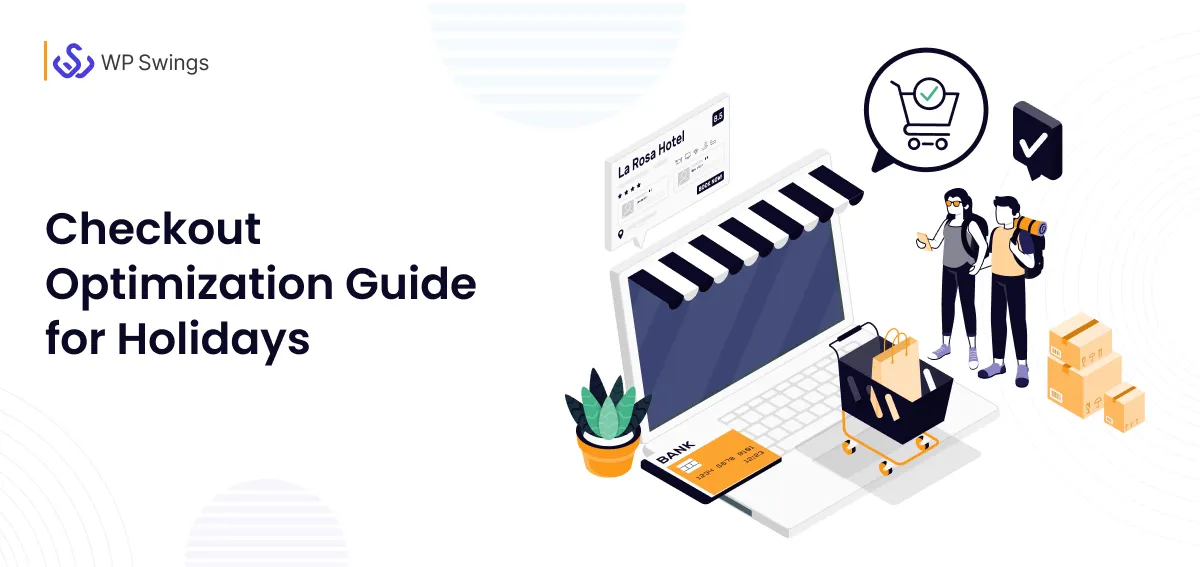
Holiday season is one of the busiest and most exciting times of the year. Shoppers are eager to buy gifts, retailers are launching festive offers, and the rush to secure the best deals creates a unique shopping atmosphere. However, many customers abandon their carts before completing their purchase. This is where checkout optimization becomes essential.
Once Businesses create a faster, smoother, and more secure checkout process, they can reduce cart abandonment, increase conversion rates, and ensure customers finish their holiday purchases with confidence
Effective checkout optimization not only improves sales during the festive rush but also builds long-term trust with shoppers
Key Takeaways:
- Holiday sales success depends heavily on smart checkout optimization.
- Shoppers abandon carts when checkout feels slow, complicated, or untrustworthy.
- Eco-friendly signals, AI integration, and upselling make checkout smoother and more persuasive.
- Faster payments and BNPL options reduce friction and increase completed orders.
- A/B testing and cart recovery strategies are essential to keep sales flowing.
- Mobile optimization is critical, as most holiday shoppers buy on their phones.
- Post-purchase care builds trust, loyalty, and repeat business long after the holidays.
Holiday buyers want speed, simplicity, and convenience. Before the rush begins, take a tour to note some holiday sales preparation ideas. A checkout page that feels slow, confusing, or lacking in payment options can quickly turn excitement into disappointment.
On the other hand, when the checkout flow is smooth and well-optimized, customers find it easier to complete their orders and are more likely to shop again.
In this article we will talk about the psychology behind holiday shopping experience and how to optimize you checkout experience to the best so you customers keep coming back even are the holidays are over.
Later in the article we will also cover some common questions asked by store owners like you to reduce any chances of confusion.
In This Blog, We Will Talk About…
The Psychology Behind Holiday Checkout Behaviour
Understanding how people think and feel during the holidays is key to strong checkout optimization. During this busy season, shoppers feel both excitement and stress. They are often in a hurry, juggling multiple things, and worried about getting the best deals.
In that mindset, a slow or confusing checkout process makes them stop and leave. However, a clear, fast, and trustworthy checkout experience encourages them to keep going and finish the purchase.
In fact, the average online cart abandonment rate hovers around 70 percent. That means only about three in every ten shoppers who put items in their cart complete the transaction ~ Baymard Institute
During holidays, this rate tends to rise even more, especially around high-traffic events like Black Friday and Cyber Monday, where the use of targeted black friday email templates helps drive significant engagement
Why is this happening? Several psychological factors play a role
- Decision fatigue and Choice overload: When shoppers face too many options, such as complicated forms or countless payment choices, they feel overwhelmed and give up.
- Hidden fees and surprises: High shipping costs, unexpected taxes, or surprise charges during checkout increase distrust and abandonment.
- Slow or unclear process: Long steps, required account creation, or unclear progress frustrate the shopper and increase the likelihood of leaving.
Doing Smart eCommerce checkout optimization taps into these emotions and saves the sale. Showing clear costs and easing the checkout flow reduces friction and matches the holiday shopper’s mindset.
This builds trust and boosts conversion.
8 Strategies for Holiday Checkout Optimization
Below are listed the best strategies for eCommerce checkout optimization during the holiday season.
1. Promote Eco-Friendliness To Build Trust
Modern shoppers are more environmentally conscious than ever, and this mindset strongly affects their buying decisions during the holidays. When a business highlights eco-friendly practices at checkout, it builds trust and makes customers feel good about their purchase.
This is an important part of checkout optimization, since it not only reduces cart abandonment but also strengthens brand loyalty.
According to Shorr’s 2025 Sustainable Packaging Consumer Report, a remarkable 90 percent of consumers are more likely to buy from brands that use sustainable packaging, while 54 percent reported actively choosing products for their eco-friendly packaging in the past six months Shorr Packaging.
That level of impact is hard to ignore.
For example, showing a “carbon-neutral shipping” badge, offering plastic-free packaging, or providing an option for paperless receipts reassures shoppers that their purchase supports sustainability.
Adding these details right will help you in checkout flow optimization and makes your brand stand out.
2. Integrate AI in The Process
Artificial Intelligence is changing how businesses manage online shopping, and it can be a game-changer for eCommerce checkout optimization during the holiday rush. AI tools make checkout faster, smarter, and more personalized, which reduces friction and increases completed purchases.
For example, AI-powered chatbots can answer last-minute questions instantly, such as “When will my order arrive?” or “Is this item still in stock?” In addition, Voice API allows customers to complete steps like entering details or confirming purchases through speech, reducing friction for mobile and on-the-go shoppers.
Another key advantage is personalization. AI can suggest add-ons or complementary products at checkout, based on the customer’s behavior. This not only boosts sales but also makes the process feel tailored and helpful rather than pushy.Retailers can accelerate these wins by collaborating with custom ai development services to design lightweight, privacy-safe models that power dynamic recommendations, intent-aware chat, and fraud-resistant verification across checkout
3. Utilize Upselling And Cross-selling
Upselling and Cross-selling during checkout is one of the most effective ways to increase average order value while also improving the customer experience. Done correctly, it feels helpful rather than pushy, and it plays a key role in smart checkout optimization.
For example, if a shopper is buying a camera, you can suggest adding a memory card, an extra battery, or a protective case. If someone is purchasing clothing, offer a matching accessory or gift wrapping for a small fee. These recommendations should be relevant, clearly presented, and easy to add with one click.
Increase Every Order with Our Upselling & Cross-Selling Plugins!
Make sure you maintain balance. Too many upsell prompts can overwhelm shoppers and lead to cart abandonment. The goal of checkout optimization is to enhance the buying experience, so keep upselling simple and relevant
4. A/B Test and Optimize in Realtime
Holiday shopping behavior changes quickly, which makes testing and adjusting your checkout process in real time a powerful part of eCommerce checkout optimization. What works in November might not be as effective in December, so retailers need to stay flexible.
A/B testing helps you compare two versions of your checkout process and see which one performs better. For example, you can test different button colors, form layouts, payment options, or trust badges. Even small changes can have a big impact on conversion rates.
The key during holidays is speed. Use analytics tools to track shopper behavior in real time and make quick adjustments. If data shows that customers drop off on the payment page, optimize that step immediately.
5. Faster Payments And Buy Now Pay Later
One of the biggest reasons shoppers abandon carts is a complicated or slow payment process. Customers want speed, convenience, and flexibility, especially during the holiday rush. Making payments simple and fast is another cornerstone of eCommerce checkout optimization.
Offering digital wallets such as Apple Pay, Google Pay, or PayPal gives customers one-tap convenience, reducing the effort needed to enter card details. In fact, research shows that mobile wallets are now used by more than half of online shoppers globally, and adoption is only growing.
Boost Your Holiday Sales with Our Smart Wallet System Plugin
Another powerful option is Buy Now, Pay Later (BNPL). Services like Klarna, Afterpay, and Affirm give shoppers the flexibility to split payments into installments. This not only makes higher-value purchases more accessible but also increases conversion rates. If you own an amusement park or a waterpark, integrate a waterpark POS system to streamline transactions, speed up checkout lines, and provide visitors with convenient payment options like digital wallets and BNPL, enhancing the overall guest experience
6. Build a Plan for Tackling Cart Abandonment
Cart abandonment is one of the biggest challenges retailers face, especially during the holiday season. Without a strategy, you could be losing more than half of potential sales.
The good news is that a well-planned cart recovery strategy can bring many of those customers back. Automated reminders via email, SMS, or push notifications are highly effective. Incorporating a bulk SMS service into your cart recovery strategy can further enhance customer engagement. A simple message like “Don’t forget your items, they’re almost gone!” or “Complete your checkout now to enjoy free shipping” can encourage buyers to return.
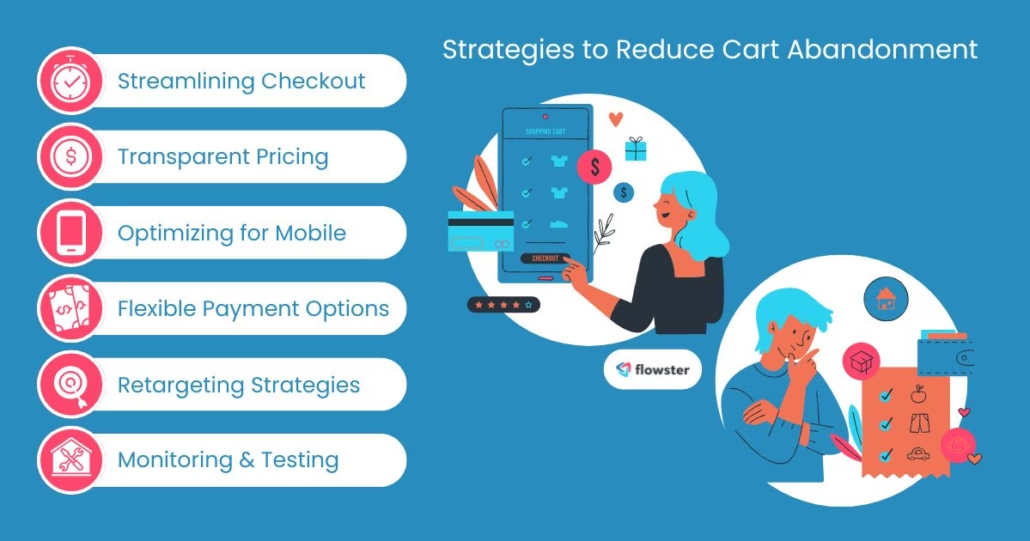
[Source: Flowster]
Transparency is equally important: clearly show taxes, shipping costs, and delivery timelines so customers don’t feel surprised or misled at checkout.
7. Mobile Checkout Optimization is a Must-Have
More than half of holiday shoppers browse and buy using their smartphones, which makes mobile performance one of the most critical parts of eCommerce checkout optimization. A slow, cluttered, or hard-to-navigate mobile checkout can drive customers away in seconds.
Customers expect a fast, intuitive, and frictionless mobile checkout, anything less leads to cart abandonment.
Here are a few proven strategies for mobile checkout optimization:
- Simplify forms: Use autofill, larger input fields, and fewer required steps.
- Speed up loading: Compress images, reduce scripts, and use mobile-friendly layouts.
- Enable digital wallets: Options like Apple Pay, Google Pay, and PayPal make checkout quicker and safer.
- Responsive design: Ensure that buttons, menus, and forms adjust smoothly to any screen size.
8. Optimize Post-Purchase for Long-term Loyalty
Checkout does not end once a customer clicks “place order.” The post-purchase stage is an important part of checkout optimization because it shapes the customer’s overall experience and determines whether they will shop with you again.
A smooth, thoughtful post-purchase process reassures customers and builds trust.
Sending a clear confirmation email with order details, shipping updates, and delivery timelines keeps buyers informed and reduces anxiety.
Offering perks like loyalty reward points, discount codes for the next purchase, or personalized product recommendations encourages repeat business.
Simple steps like including a “thank you” message, offering easy returns and refunds, and asking for quick feedback also strengthen the relationship. When customers feel valued and supported even after checkout, they are far more likely to return and recommend your brand to others.
Also Read: Post Purchase Behaviour & How to Improve It
Conclusion
The holiday season is a golden opportunity for businesses, but it also comes with high competition and customer expectations.
Every small improvement at checkout can make the difference between a completed sale and an abandoned cart.
That is why checkout optimization is the most powerful tool retailers have for boosting sales, building trust, and winning long-term loyalty.
From promoting eco-friendliness and integrating AI to faster payments, mobile optimization, and post-purchase care, each strategy contributes to the creation of a best shopping journey.
The main goal is to focus on reducing friction, increasing trust, and meeting customers where they are, which means mobile-first design, or timely recovery reminders, or something far better.
With that being said, we are wrapping up this article with some of the frequently asked questions to clear your doubts.
Please do share you thoughts in the comments, and let us know what you thinks about these holiday checkout optimization strategies.
Frequently Asked Questions
Here are some common questions asked on the internet about eCommerce Conversions and Checkout Process
1. How to design a good checkout process?
A good checkout process should feel smooth and stress free. Keep the steps short, ask only for the details you truly need, and make payment options clear. Add trust signals like secure payment badges and offer a guest checkout so customers do not feel forced to create an account.
2. How to reduce checkout time in a cart?
You can reduce checkout time by using autofill for saved details, offering digital wallets like PayPal or Apple Pay, and keeping forms short. Remove distractions and avoid sending customers through too many pages. The faster they can pay, the less chance they have to change their mind.
3. How to improve my eCommerce conversion?
Focus on making the buying journey simple and exciting. Clear product descriptions, fast page loading, free or transparent shipping, and easy returns all boost confidence. Highlight discounts during the holiday season and show customer testimonials to build trust.
4. Why do people visit my checkout page but do not purchase?
This often happens when extra costs like shipping appear too late, or if the checkout feels complicated. Sometimes customers get distracted or feel unsure about payment security. Showing clear prices, trusted payment options, and reminding them with cart recovery emails can help.
5. How to increase eCommerce or website conversion rates?
Work on building trust and convenience. Use high quality product images, fast website speed, and mobile friendly design. Offer limited time holiday deals and create urgency with countdown timers.
6. Why do customers abandon the checkout process?
Customers leave when they face hidden fees, slow loading pages, too many form fields, or lack of payment choices. They also abandon carts if shipping is expensive or unclear. To prevent this, be upfront about costs, simplify checkout process, and give flexible delivery and payment options.
If you still have some questions feel free to share in the comments..


